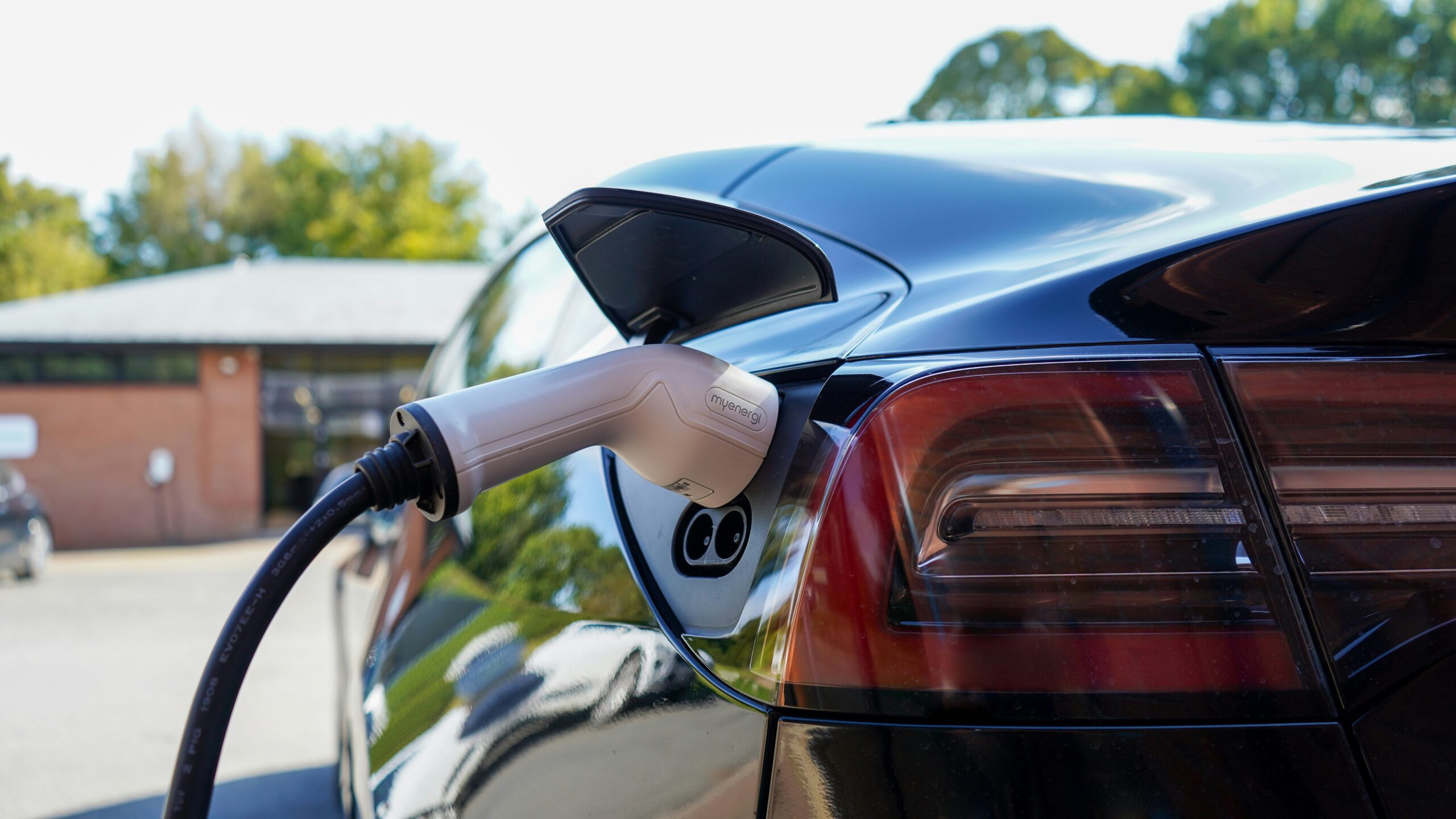EV Market Remains Stable
Growth: In June 2025, U.S. EV deliveries were down about 6% y/y (Cox Automotive), marking the first quarterly decline in modern EV volumes. In the previous quarter (March 2025), deliveries were up 9% y/y. That 6% decline in June for the industry was better than Tesla’s overall deliveries, which were down 14% y/y in the quarter. While the company does not break out deliveries by region, I estimate that Tesla in the U.S. was down closer to 18% in June. This decline underscores the cooling EV environment, driven by a combination of factors including softening consumer excitement and a downturn in Tesla’s U.S. sales caused by Elon’s politicking. It’s worth noting that despite the softening, June still ranks among the highest quarters on record for EV sales.
EV Market Share: Importantly, EVs continued to hold steady market share. Cox Automotive shows EVs accounted for about 8% of new light vehicle sales in June, flat from June 2024. J.D. Power notes a 1.9 percentage point y/y drop in EV market share to 8.4% in June, while hybrids surged to a record 14.1%, reflecting consumer interest in more transitional electrified options. The bottom line is that EV share has remained stable over the past year. One reason why EV market share has been holding in there is non-Tesla makers have increased their incentives. The net effect is the average price for a new EV was still around $57.7k, effectively unchanged over the previous year, and still well above the average price of all new cars at $46.2k. Looking ahead, Cox Automotive issued a mixed-bag outlook, lowering its 2025 full-year forecast for EVs to a 9% share, down from its 10% projection made in January, while at the same time expecting units to be up 10–12% y/y.
Tax Credits: The sunsetting of tax credits in the U.S. will dampen sales, but not as much as many think. For starters, the tax credit is used by about 60% of EV buyers today. That means about 40% of buyers have never qualified for the benefit. Second, for those that can access the credit, they will effectively see the cost of the vehicle increase by about 13% ($7.5k off an average $57.7k new car price). That 13% increase will dampen sales by likely 15%. That said, there have been recent periods — 2020 to mid-2022 — when Tesla buyers, for example, did not have access to the credits and sales were still robust. During that period, Tesla on average posted a 75% increase in deliveries y/y, as the Model Y began to ramp. My point is there’s evidence that new, exciting EV models can experience rapid growth even without tax credits.
The bottom line is while EV penetration is growing, the pace has clearly decelerated, prompting questions about the path to mass-market adoption.
